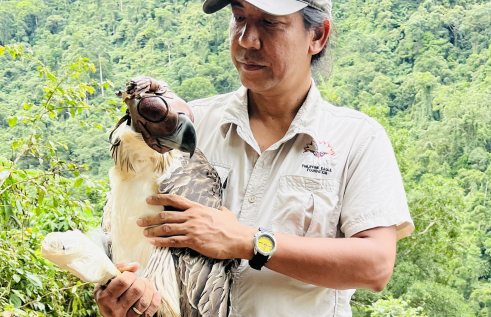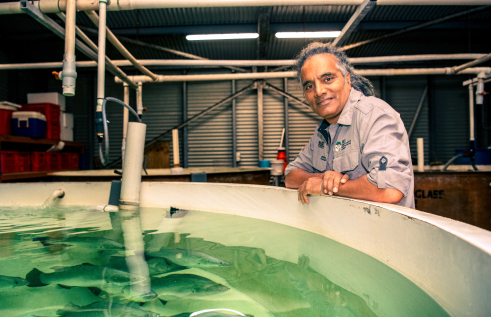RIEL seminar series
HDR Talks
| Presenter | Alex Carey and Angga Rachmansah | |
|---|---|---|
| Date |
|
|
| Time |
to
|
|
| Contact person | E: RIEL.outreach@cdu.edu.au | |
| Location |
CDU Casuarina Campus Yellow 1.1.39 and online Zoom: https://charlesdarwinuni.zoom.us/j/88684926960 |
|
| Open to | Public | |
The use of spatial metrics in fire ecology presented by Alex Carey
Alex is a PhD candidate with the Research Institute for the Environment and Livelihoods at Charles Darwin University who is currently pursuing genetic questions for threatened species conservation on the Tiwi Islands.
Through this presentation Alex will discuss how the spatial components of fire regimes have been understudied in comparison to the temporal and intensity components. This has been attributed to the difficulty in obtaining high-quality spatial data, the dominant focus on plants of low dispersal, and the overall difficulty of design and implementation. However, many of these limitations have faded in recent years with new technologies, experimental approaches, and a broad focus on plants, animals, and ecosystems. As a result many spatial metrics are now being used, leading to new, but potentially inconsistent, findings.
Alex will discuss a review that explored what spatial metrics of fire are being used, how they are defined, and what methods are employed to analyse the impact on populations.
Lizard responses to experimental fire regimes in an Australian tropical savanna presented by Angga Rachmansah
Angga is a PhD candidate with the Research Institute for the Environment and Livelihoods at Charles Darwin University whose research interests lie in the ecology and conservation of amphibians and reptiles.
In this seminar Angga will show that fire is a primary disturbance agent that plays a key role in shaping biodiversity in savanna ecosystems. However, the effects of different fire regimes on a major faunal group in tropical savannas, lizards, are still poorly understood. This hinders the development of appropriate fire management for biodiversity conservation. A controlled fire experiment at the Territory Wildlife Park in northern Australia has been running for 20 years, providing an opportunity to study the long-term impacts of different fire regimes on lizards.
Angga will share the preliminary results of how lizards respond to the fire experiment and the possible mechanism that underlies their responses.
Related Events

'Culture-based conservation' approach to supporting governance of Indigenous territories
Read more about 'Culture-based conservation' approach to supporting governance of Indigenous territoriesIndigenous Peoples are crucial for the long-term persistence of the Earth’s biodiversity and ecosystem services. In the Philippines, the Indigenous Peoples Rights Act of 1998 protects Indigenous rights to own and manage territories. The forests of Indigenous territories are habitats of the Philippine eagle – a forest eagle that is endemic to the Philippines where it is a national bird and an apex forest predator.

Carbon and water adventures in north Australia
Read more about Carbon and water adventures in north AustraliaWith climate change and increasing land use pressures there is more and more demand for knowledge of carbon dynamics and water use as well as water resource management. Lindsay’s research is focused on providing better understanding of the biophysical environment of tropical land and water systems.

From CCTV to AI
Read more about From CCTV to AIFish farms have historically been a black box in terms of understanding the behavioural needs and preferences of the fish within them, as the only chance to assess what they are up to is when they break the surface. Sunil has been monitoring fish behaviour below the surface of farms for 35 years.
